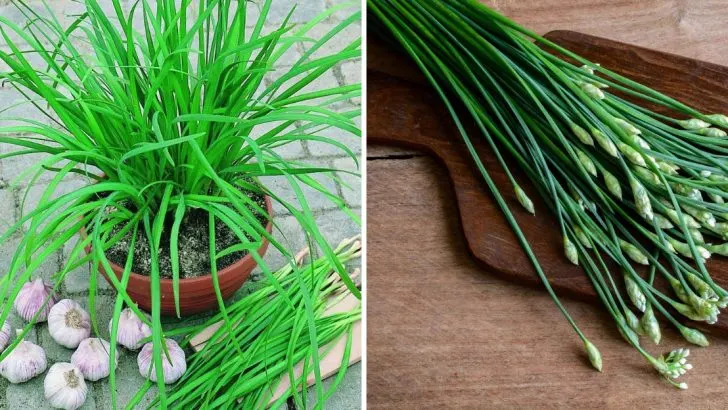Chives are one of those herbs that can really take your meals to the next level with minimal effort. Their mild onion flavor adds a fresh pop to dishes like salads, soups, and even baked potatoes, making them a must-have in any home garden. The best part? They’re super easy to grow, even in small spaces like windowsills or balcony gardens.
If you’ve ever wanted to enjoy fresh chives whenever you need them, this is your chance. With just a little care, you can have a steady supply throughout the year. These tips will show you how to keep your chives healthy and thriving, from choosing the right soil to knowing when to trim for the best flavor. It’s all about making the most of this simple yet versatile herb.
Choose the Right Location
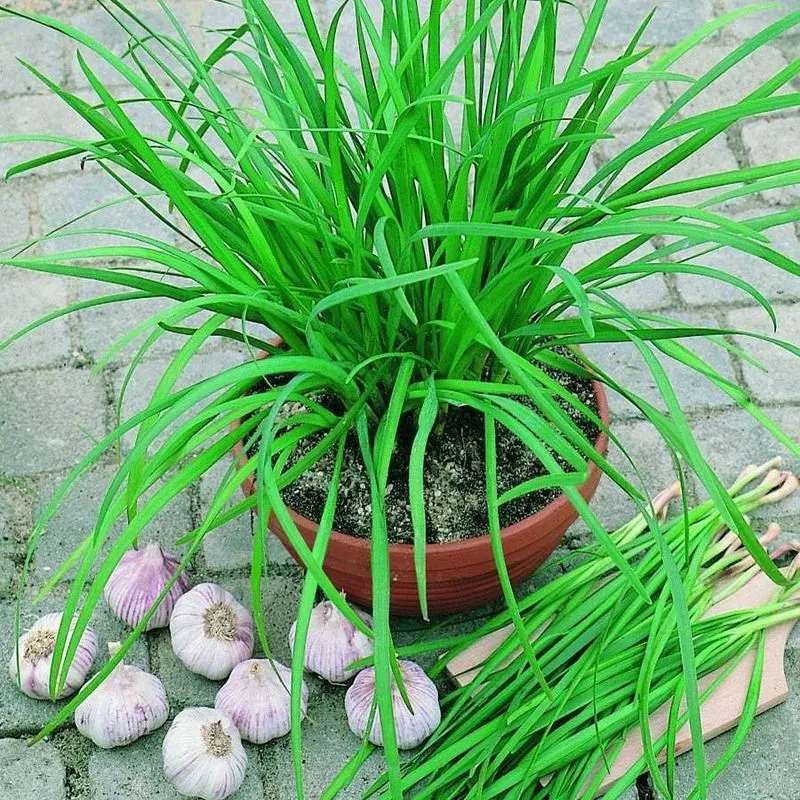
Selecting the perfect spot for your chives is key to success. They love sunlight, so placing them on a sunny windowsill ensures they absorb all the rays they need to flourish. Inadequate light can lead to spindly growth, so aim for at least six hours of sun per day.
While chives are hardy and can adapt, they thrive best in well-drained soil. Consider mixing in some sand or perlite to improve drainage, especially if growing them indoors. Consistent light and proper soil will set the foundation for a thriving chive plant.
Start with Quality Seeds or Bulbs
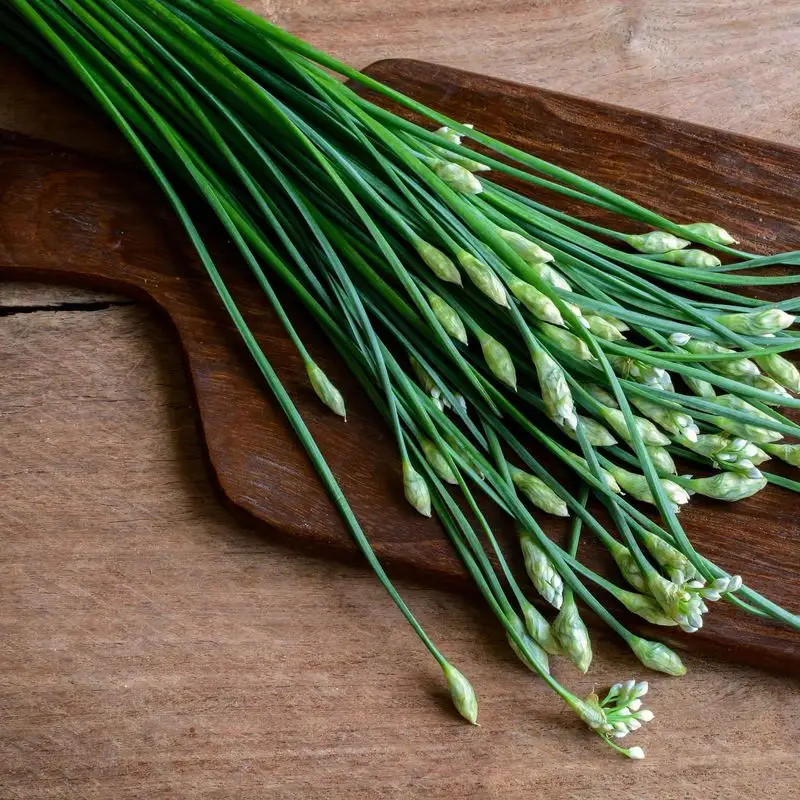
The journey to lush chives begins with quality seeds or bulbs. When purchasing seeds, look for reputable brands ensuring robust germination rates. If starting from bulbs, select firm ones free of blemishes or mold.
Planting chive seeds requires patience. Sow them in a seed-starting mix and keep them moist until germination. Bulbs, on the other hand, offer a quicker start. Both methods can yield a rich, green patch, but your initial choice determines the pace and vigor of growth.
Water Wisely
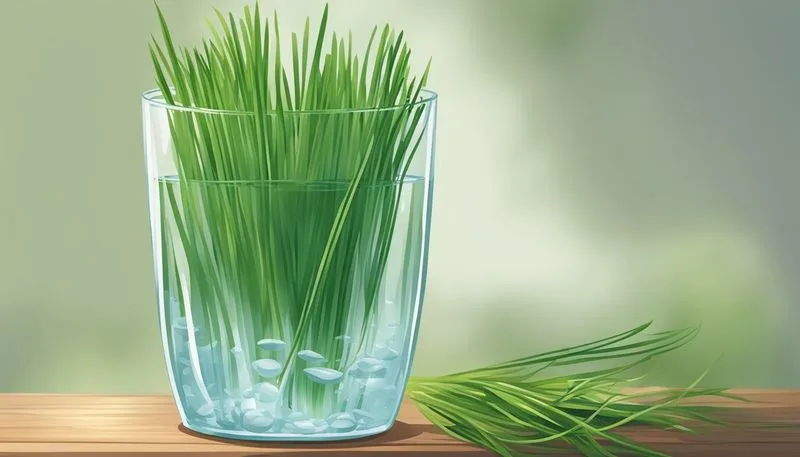
Chives appreciate consistent moisture but despise soggy conditions. Water them deeply, yet infrequently, to encourage roots to explore deeper into the soil. The goal is a moist, not waterlogged, environment.
Ensure the pot has proper drainage holes to prevent water accumulation. Overwatering can lead to root rot, a common pitfall for beginners. Remember, it’s better to under-water slightly than to drown your chives. Observing the topsoil’s dryness can guide your watering schedule effectively.
Fertilize Sparingly
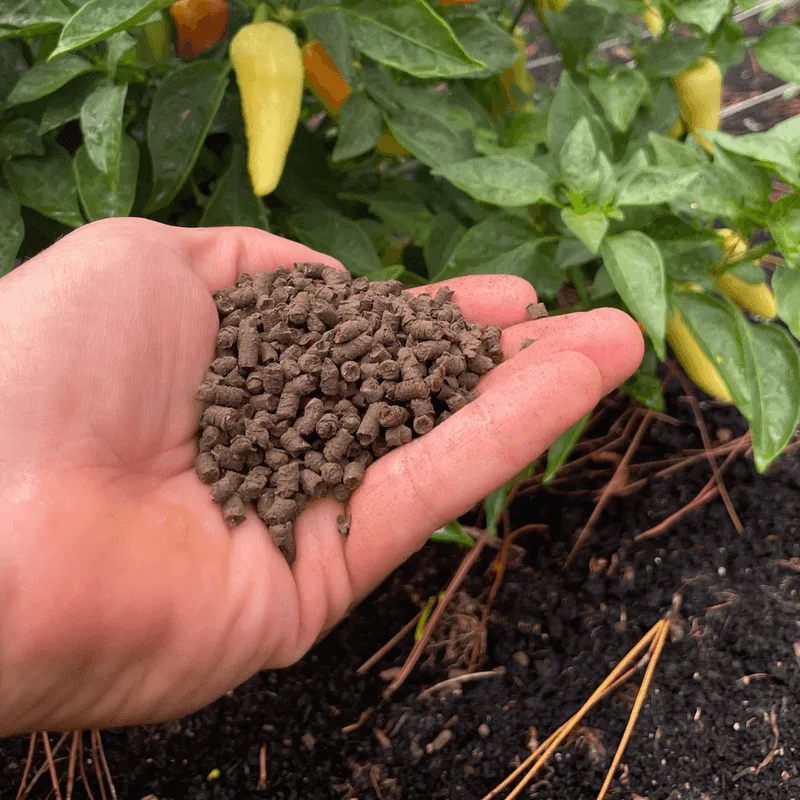
While chives are not heavy feeders, occasional nourishment benefits their growth. Use a balanced, organic fertilizer to provide essential nutrients. Apply sparingly every few weeks during the growing season.
Over-fertilizing can lead to lush leaves with reduced flavor. The key is moderation; too much can hinder the natural taste of chives. Opt for natural fertilizers, such as compost or well-rotted manure, to maintain an organic approach and keep your chives flavorful and healthy.
Regular Harvesting

Regular harvesting encourages continuous growth and a fresh supply of chives. Use sharp scissors to trim the leaves about two inches above the soil level. This practice stimulates new shoots, keeping the plant productive.
Avoid cutting more than one-third of the plant at once. Over-harvesting can stress the chives, leading to reduced vigor. Enjoy the fresh taste of chives in your dishes while also promoting a healthy plant cycle. Frequent harvesting not only provides culinary benefits but also maintains the plant’s vitality.
Protect from Pests

Chives are generally pest-resistant, but vigilance is necessary to prevent infestations. Aphids and thrips occasionally target these herbs. Regularly inspect the leaves to catch any early signs of pests.
Natural remedies, like neem oil or insecticidal soap, can manage minor issues. Maintaining good air circulation around the plants also helps deter pests. Avoid harsh chemical pesticides, as they can harm beneficial insects and alter your chives’ flavor profile.
Ensure Proper Air Circulation
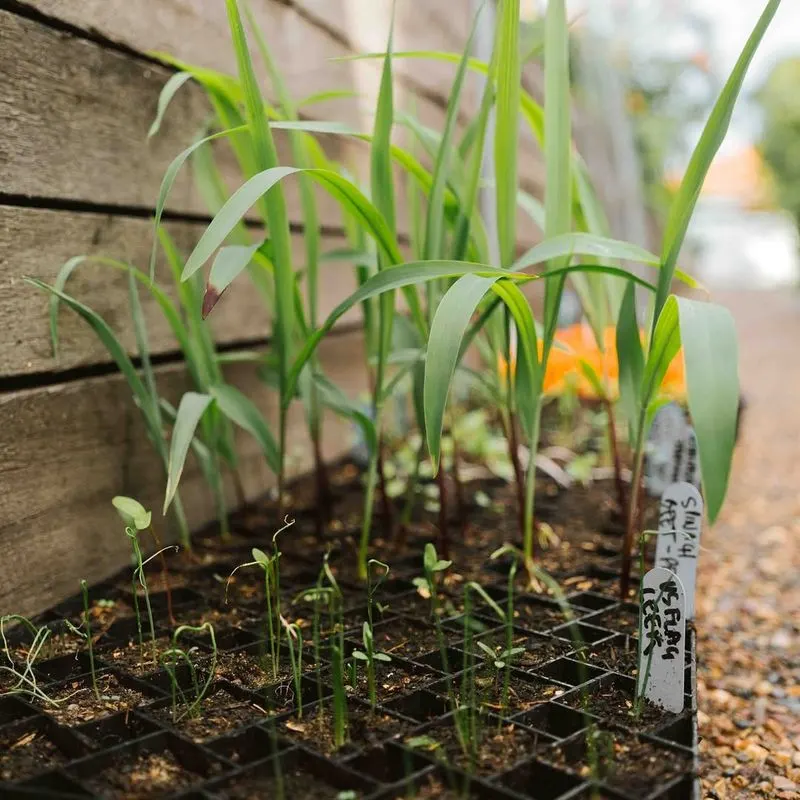
Airflow plays an underrated role in healthy chive growth. Adequate spacing between plants ensures they receive sufficient light and air, reducing the risk of mold and fungal diseases.
If growing indoors, consider using a fan to simulate natural breezes, especially in humid conditions. Proper circulation not only supports robust growth but also aids in flavor development, providing you with more vibrant and aromatic chives.
Provide Winter Care
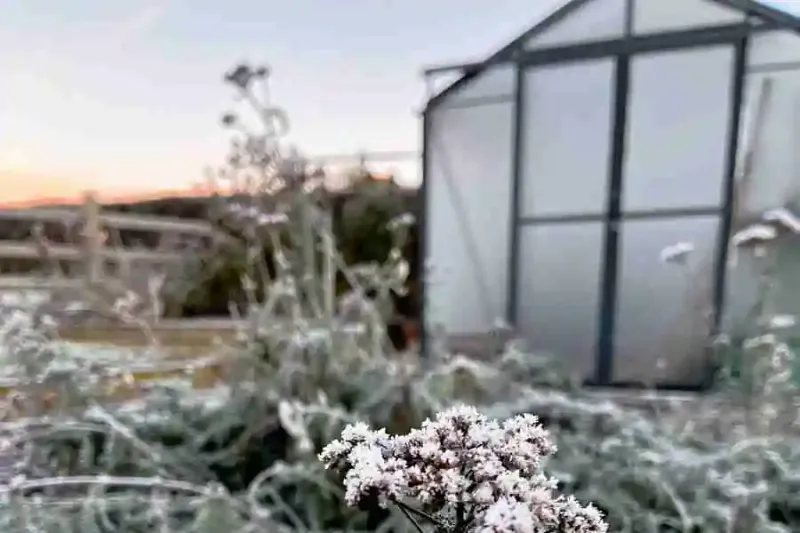
Chives are frost-tolerant, yet winter care ensures they return strong each spring. In colder climates, apply mulch around the base to protect roots from freezing. This also helps retain soil moisture during dry winter months.
When grown indoors, chives can continue to thrive with adequate light and warmth. Winter is an excellent time for a light trim, encouraging growth spurts as days lengthen. Proper winter care ensures a seamless transition into the new growing season, ready for fresh harvests.
Rejuvenate Old Plants
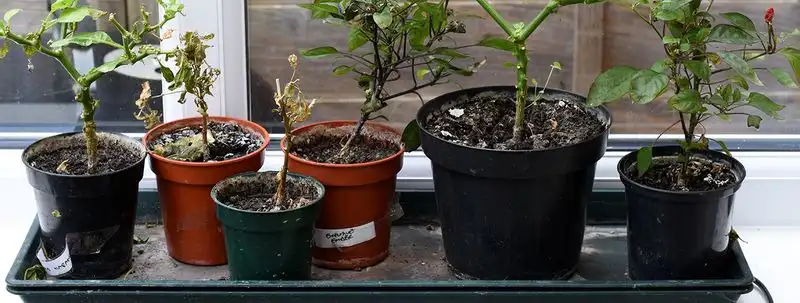
Aging chive plants can benefit from rejuvenation. Every few years, divide the plant into smaller sections. This not only invigorates the growth but also prevents crowding, which can stifle development.
After division, replant the clumps in fresh soil enriched with compost. This process revitalizes the plant, encouraging new shoots and abundant leaves. Rejuvenation keeps your chive patch healthy and productive, ensuring a continuous supply of flavorful chives for your culinary adventures.
Rotate the Crops

Crop rotation isn’t just for large farms; it benefits home herb gardens too. Rotating chives with other herbs or vegetables minimizes soil depletion and prevents disease build-up.
After a couple of seasons, relocate your chives to a different part of the garden. This practice allows the soil to recover and reduces pest and disease pressures. Incorporating rotation into your gardening routine enhances overall plant health, leading to more vigorous growth and flavorful harvests.
Use Companion Planting
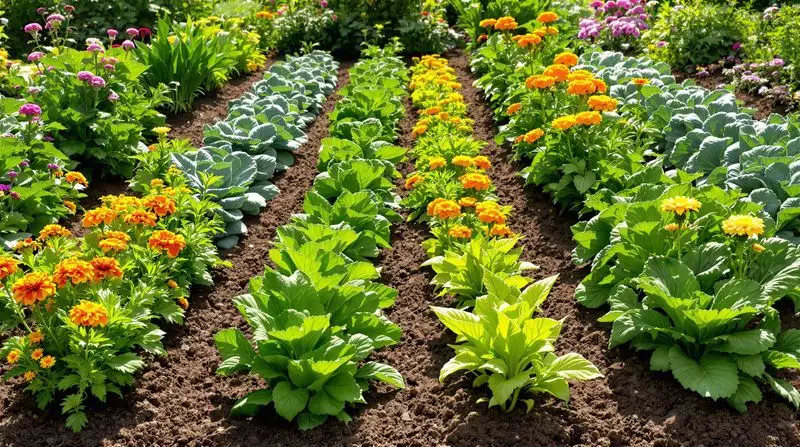
Chives make excellent companions in the garden, deterring pests and enhancing the growth of nearby plants. Pairing them with carrots, tomatoes, or roses can yield mutual benefits.
Their natural pest-repelling properties make chives a valuable addition to any garden bed. Companion planting not only optimizes space but also fosters a robust ecosystem, supporting healthy and productive gardens. Explore different plant pairings to discover the unique benefits chives offer in your gardening setup.
Embrace Indoor Growing
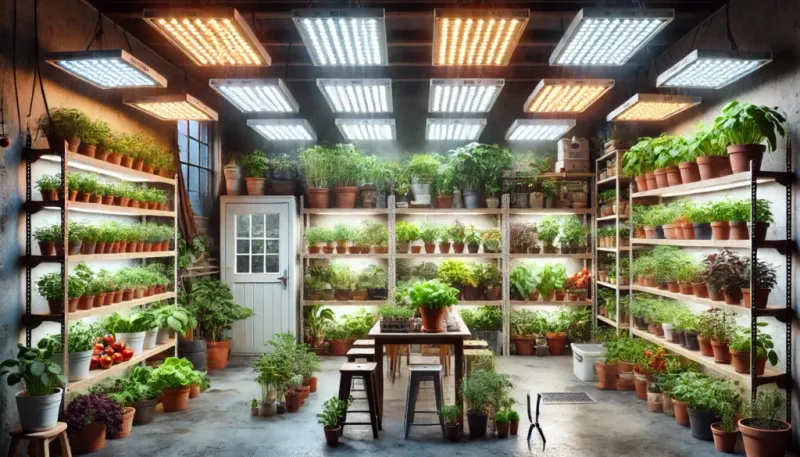
Cultivating chives indoors offers year-round access to their fresh taste. A sunny windowsill with southern exposure is perfect for indoor growth. Use pots with drainage holes, filled with quality soil for optimal results.
Indoor growing requires regular watering and attention to light conditions. Rotate pots occasionally to ensure even growth. Indoor chives can be a continual source of flavor and visual appeal, enhancing your kitchen environment with their lush green presence.
Enjoy the Flowers
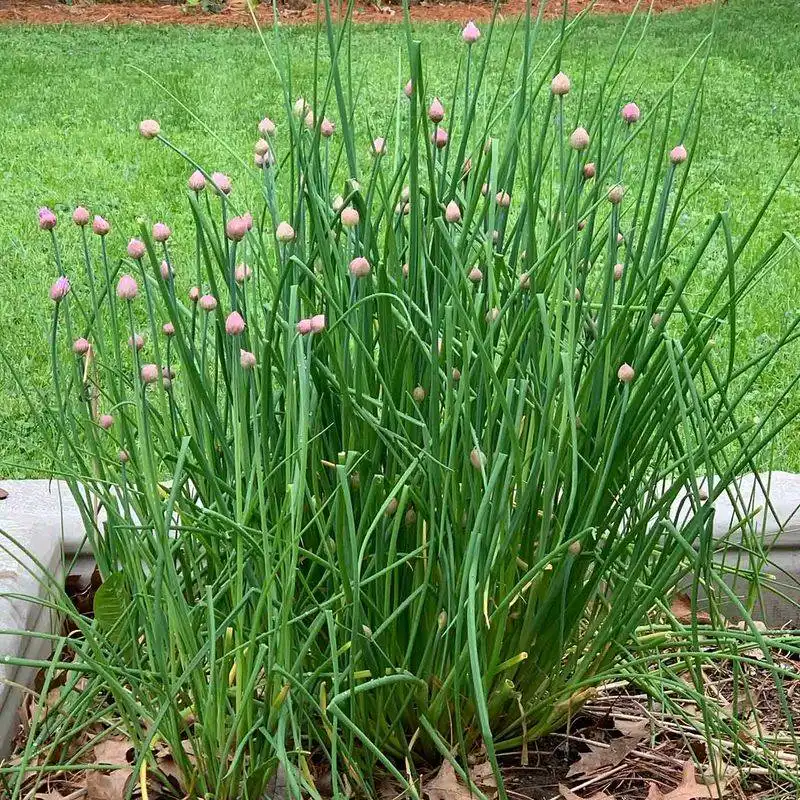
Chive flowers are not just beautiful; they’re edible too, adding a mild onion flavor to dishes. Allow some plants to bloom, and enjoy their purple blossoms in salads or as garnishes.
While flowers are a treat, they can divert energy from leaf production if left unchecked. Regular deadheading can balance foliage and flower growth, ensuring a bountiful harvest. Chive flowers bring visual charm and culinary versatility to your herb garden, making them a delightful addition to homegrown meals.

